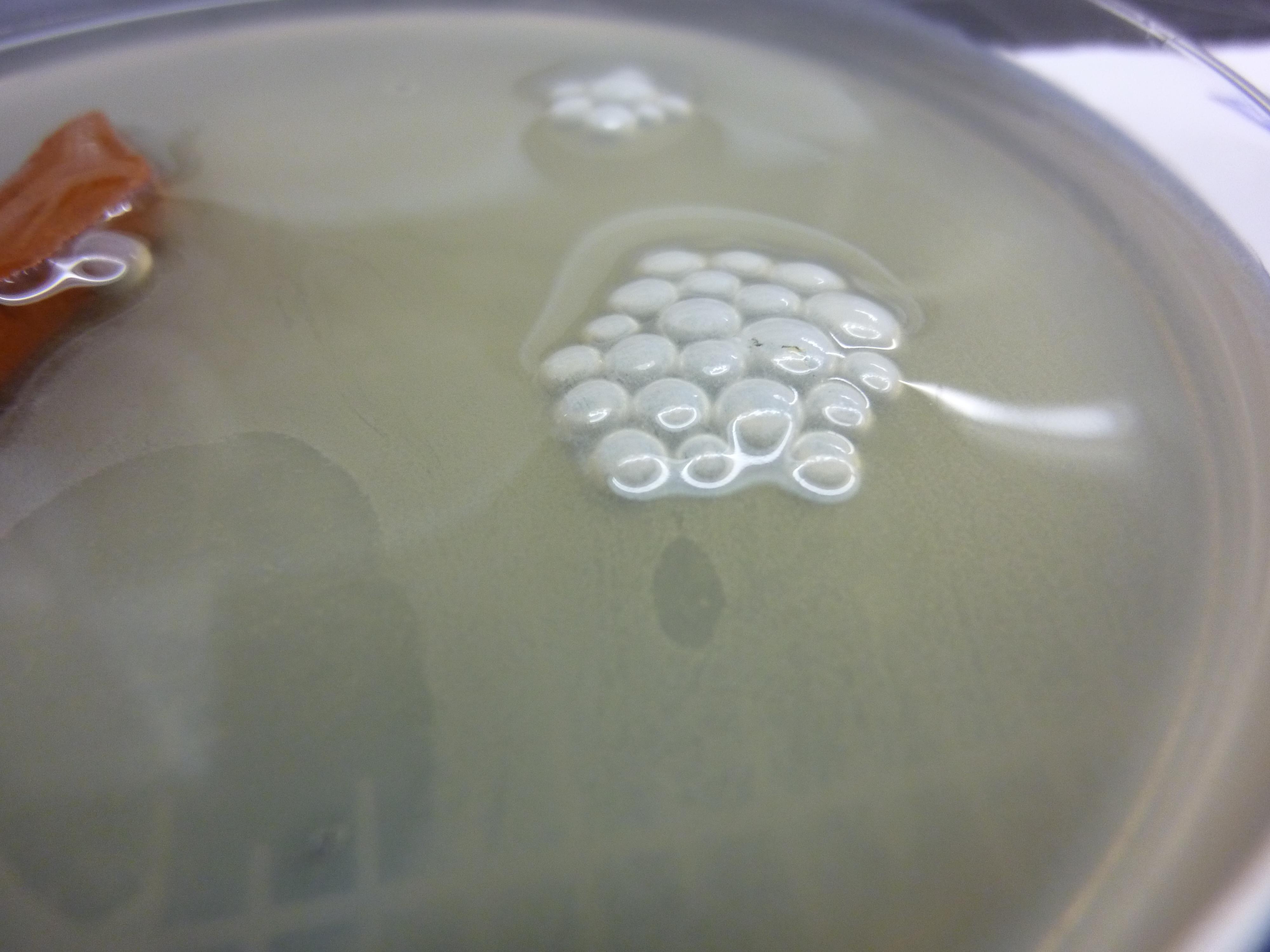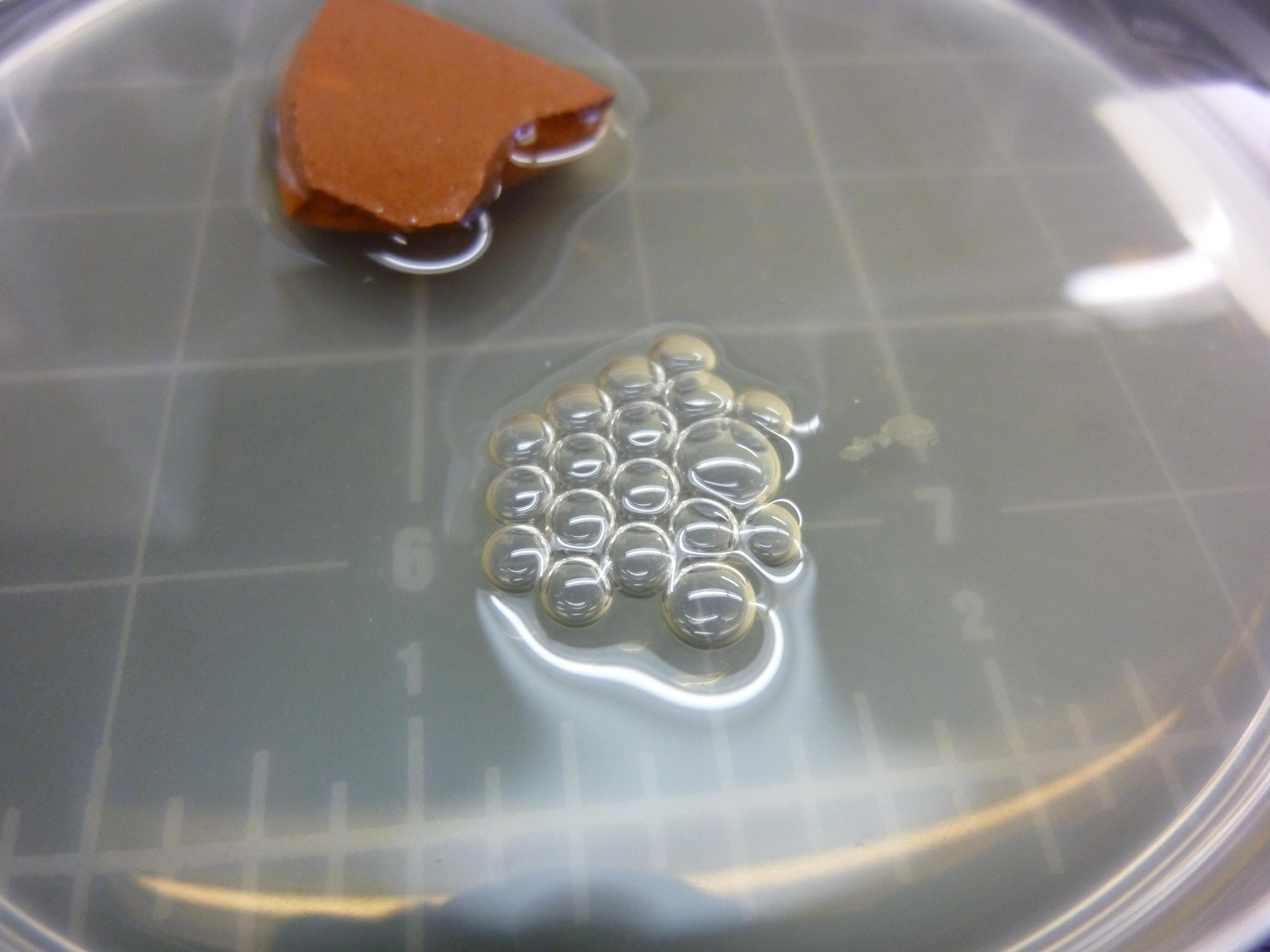Team:Groningen/Biofilm
From 2010.igem.org
Biofilm
Biology
In nature, bacteria occur predominantly in highly organized multicellular communities called biofilms. Biofilm formation induces a complex developmental process, where cells differ from each other spatially and morphologically. The bacterial cells in such biofilms are composed of phenotypically different bacteria, demonstrating an intriguing example of heterogeneous regulation within an isogenic culture. Gram-positive bacteria have developed different strategies for survival in unfavorable environments, e.g. by getting competent or by sporulating. Biofilms offer an opportunity for the cells to survive extreme conditions as the cells in biofilms are more resistant to antibiotics and harsh circumstances.
A rok biofilm showing a high degree of structural complexity
Bacillus subtilis a an ideal candidate for a biofilm coating since it is fast growing and has a very rigid extracellular matrix.
TasA is a structural protein needed to form a biofilm in Bacillus Subtilis. A TasA deletion mutant does therefore not form a biofilm. Normal Bacillus Subtilin biofilm on liquid air interface.
Bacillus Subtilis TasA deletion strain, not forming a Biofilm
 "
"


